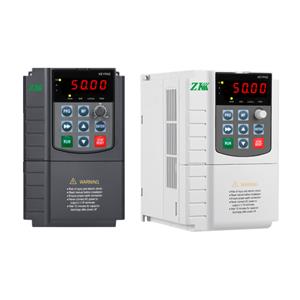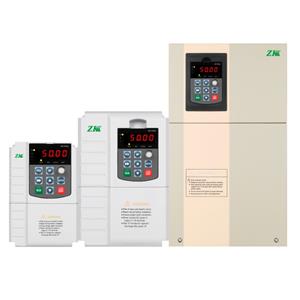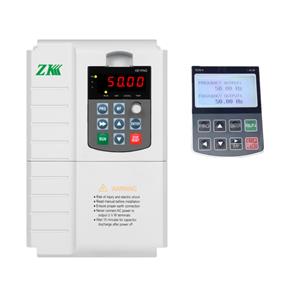Control logic of solar pump inverters
Solar inverters are integral components in the process of converting direct current (DC) electricity generated by solar panels into usable alternating current (AC) electricity for residential and commercial purposes. The solar inverter control logic is imperative for ensuring efficient and safe system operation. This article delves into the key components of solar inverter control logic and their synergistic function in optimizing the performance of a solar power system.
1.Maximum Power Point Tracking (MPPT):
The MPPT algorithm is a fundamental aspect of solar inverter control logic, serving to maximize the power output of solar panels by continuously adjusting voltage and current levels. By monitoring and adjusting panel output, the inverter can optimize power generation efficiency, powering the system at peak performance.
2.Grid-tie Operation:
Solar inverters often operate in grid-tie mode, where they connect to the utility grid. The solar inverter control logic synchronizes inverter output with grid frequency and voltage, ensuring seamless integration of solar power into the grid. Monitoring grid parameters and adjusting output accordingly is crucial for maintaining grid compatibility.
3.Anti-islanding Protection:
Ensuring safety, anti-islanding protection in solar inverter control logic automatically disconnects the system during grid outages to prevent continued power generation. By detecting grid disturbances, the solar inverter control logic acts swiftly to avoid potential safety hazards and maintain compliance with utility regulations.
4.Fault Detection and Diagnostics:
Equipped with sensors and diagnostic tools, solar inverters analyze system performance. The solar inverter control logic interprets sensor data to detect faults or issues, enabling early identification and prevention of system damage. Timely fault diagnosis enhances system safety and efficiency.
5.Communication and Monitoring:
Modern solar inverters are equipped with communication interfaces for remote monitoring and control. The solar inverter control logic incorporates algorithms for seamless communication with monitoring systems and other devices, facilitating real-time system performance monitoring, remote troubleshooting, and maintenance.
In conclusion, the solar inverter control logic is paramount for ensuring the efficient and safe operation of solar power systems. Through MPPT algorithms, grid-tie operation, anti-islanding protection, fault detection, and communication capabilities, solar inverters optimize power generation, enhance system performance, and ensure system reliability. As solar power gains prominence as a clean and renewable energy source, the role of solar inverter control logic in shaping the future of energy generation becomes increasingly significant.




